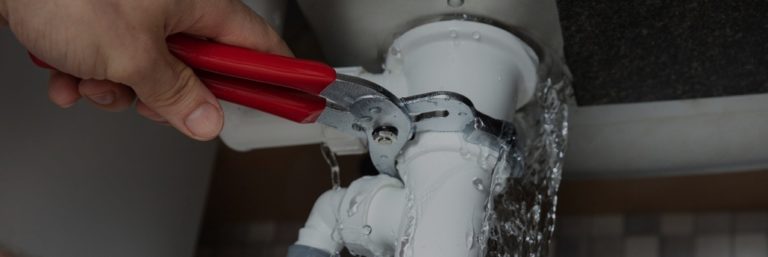Uncovering Hidden Water Line Leaks: 6 Smart Detection Hacks
Uncovering Hidden Water Line Leaks: 6 Smart Detection Hacks
Blog Article
What're your insights and beliefs about Top leak detection hacks?

Early detection of leaking water lines can minimize a potential disaster. Some tiny water leaks may not be visible.
1. Take A Look At the Water Meter
Every residence has a water meter. Examining it is a surefire way that assists you find leakages. For beginners, switch off all the water resources. Ensure no one will certainly purge, make use of the tap, shower, run the cleaning equipment or dishwasher. From there, go to the meter and watch if it will change. Considering that nobody is utilizing it, there must be no activities. If it relocates, that shows a fast-moving leakage. If you find no adjustments, wait an hour or 2 and also inspect back once more. This indicates you may have a slow leakage that could even be below ground.
2. Inspect Water Usage
If you find sudden adjustments, regardless of your usage being the same, it suggests that you have leaks in your plumbing system. An abrupt spike in your expense indicates a fast-moving leakage.
A constant boost every month, also with the exact same habits, reveals you have a slow leakage that's additionally slowly intensifying. Call a plumber to completely inspect your building, especially if you really feel a cozy location on your floor with piping below.
3. Do a Food Coloring Test
When it comes to water usage, 30% comes from commodes. If the color in some way infiltrates your bowl throughout that time without flushing, there's a leakage in between the container as well as dish.
4. Asses Outside Lines
Do not neglect to examine your exterior water lines also. Needs to water permeate out of the link, you have a loosened rubber gasket. One little leakage can throw away bunches of water and increase your water costs.
5. Inspect and Analyze the Scenario
Homeowners should make it a behavior to examine under the sink counters and also also inside cupboards for any type of bad odor or mold development. These 2 warnings indicate a leak so timely focus is required. Doing routine examinations, also bi-annually, can save you from a major issue.
If you know your home is currently old, maintain a watchful eye on your heaters, hoses, pipelines and so on. Look for discolorations and weakening as most pipelines as well as appliances have a life expectancy. They will additionally normally weaken as a result of damage. Don't wait for it to escalate if you think leaking water lines in your plumbing system. Call a specialist plumber as soon as possible so you don't wind up with a dreadful mess in your home.
Early detection of leaking water lines can mitigate a possible disaster. Some little water leakages may not be noticeable. Inspecting it is a surefire method that aids you uncover leaks. One tiny leakage can throw away loads of water as well as surge your water expense.
If you think leaking water lines in your plumbing system, do not wait for it to escalate.
WARNING SIGNS OF WATER LEAKAGE BEHIND THE WALL
PERSISTENT MUSTY ODORS
As water slowly drips from a leaky pipe inside the wall, flooring and sheetrock stay damp and develop an odor similar to wet cardboard. It generates a musty smell that can help you find hidden leaks.
MOLD IN UNUSUAL AREAS
Mold usually grows in wet areas like kitchens, baths and laundry rooms. If you spot the stuff on walls or baseboards in other rooms of the house, it’s a good indicator of undetected water leaks.
STAINS THAT GROW
When mold thrives around a leaky pipe, it sometimes takes hold on the inside surface of the affected wall. A growing stain on otherwise clean sheetrock is often your sign of a hidden plumbing problem.
PEELING OR BUBBLING WALLPAPER / PAINT
This clue is easy to miss in rooms that don’t get much use. When you see wallpaper separating along seams or paint bubbling or flaking off the wall, blame sheetrock that stays wet because of an undetected leak.
BUCKLED CEILINGS AND STAINED FLOORS
If ceilings or floors in bathrooms, kitchens or laundry areas develop structural problems, don’t rule out constant damp inside the walls. Wet sheetrock can affect adjacent framing, flooring and ceilings.
https://www.servicemasterbyzaba.com/blog/how-to-detect-water-leakage-in-walls/

We hope you enjoyed reading our part about Finding hidden leaks. Thanks a ton for taking a few minutes to read through our piece of content. Are you aware of another person who is involved in the subject? Do not hesitate to share it. Thanks a bunch for your time. Come back soon.
Suggested Site Report this page